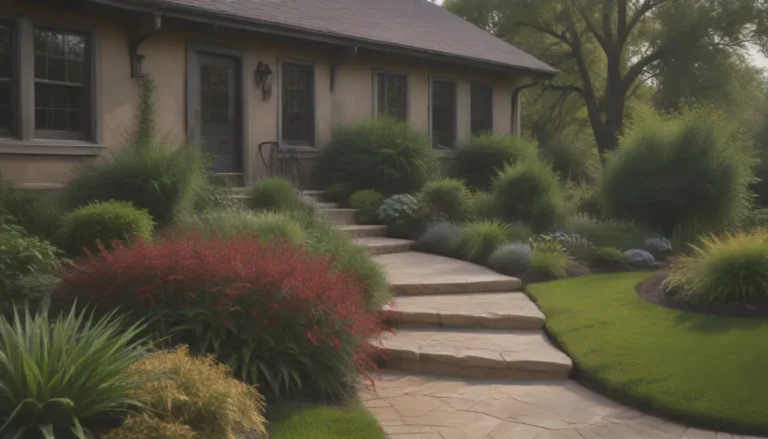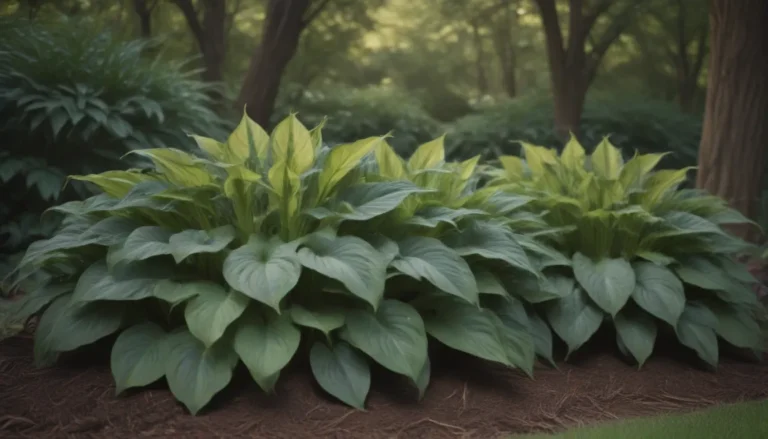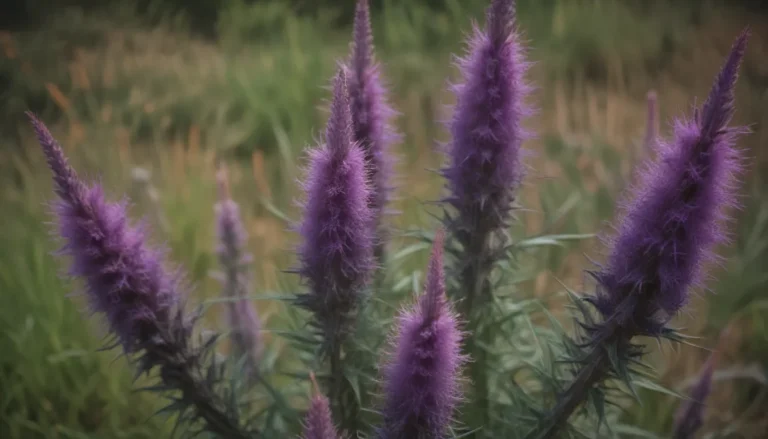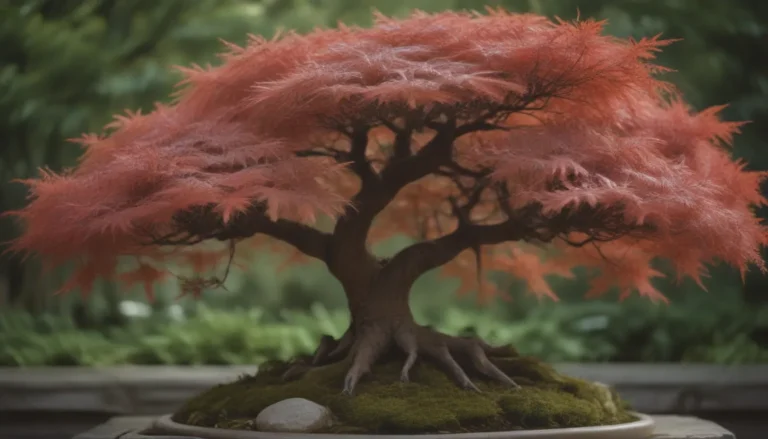Everything You Need to Know About Growing and Caring for Japanese Maple Trees
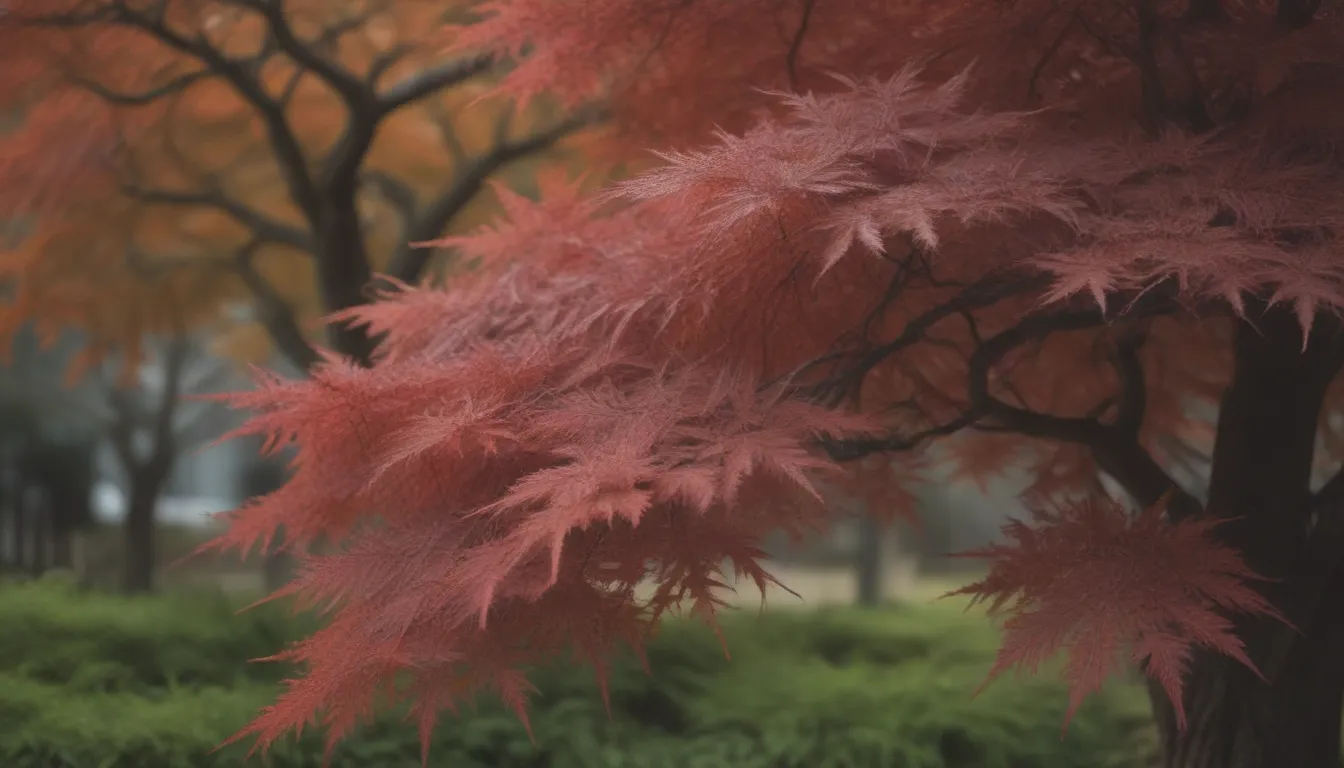
Are you looking to add a touch of beauty and elegance to your garden or landscape? Look no further than the stunning Japanese maple tree. Originating in East Asia, these trees are a popular choice for many gardeners due to their ease of care and striking fall leaf colors. In this comprehensive guide, we will explore everything you need to know about growing and caring for Japanese maple trees.
Japanese Maple Tree Varieties: Japanese maple trees come in a variety of shapes, sizes, and colors, making them a versatile option for any garden. From miniature dwarf trees to shrubs to small trees, there is a Japanese maple variety to suit any space. Some common varieties include ‘Bloodgood,’ ‘Crimson Queen,’ and coral bark Japanese maple trees.
Leaf Characteristics: One of the most notable features of the Japanese maple tree is its striking leaves. Japanese maple leaves have five to nine palmate lobes that can come in shades of green or red. In the fall, these leaves transform into brilliant shades of red, orange, yellow, or purple, adding a vibrant pop of color to your garden.
Planting Japanese Maple Trees: When planting a Japanese maple tree, it’s essential to consider the time of year, sunlight, soil conditions, and wind exposure. Spring and fall are the best times to plant these trees, ensuring they have time to establish their roots before winter. Japanese maples thrive in well-draining, acidic soil and prefer dappled light or morning sun with afternoon shade.
Pros and Cons of Growing Japanese Maple Trees
Pros:
– Comes in many varieties, shapes, and sizes
– Features ornamental leaves and colors
– Grows at a moderate rate
– Easy to care for
– Makes maple syrup
Cons:
– Softwood is susceptible to wind damage and heavy snow
– Roots can crack sidewalks or driveways
– Shallow roots can make lawn mowing difficult
– Vulnerable to various pests and diseases
Planting Japanese Maple Tree
When to Plant: Spring and fall are the best times for planting Japanese maple trees. Spring allows the tree to develop roots before winter, while fall requires winter protection in the first few years.
Where to Plant: Japanese maple trees thrive in dappled light or morning sun with afternoon shade. Protect them from strong winds, and ensure they are planted in well-draining, acidic soil enriched with compost.
How to Plant: Dig a hole three times the width of the root ball, place the root ball in the center slightly above the soil line, backfill the hole with soil, and water thoroughly.
Japanese Maple Care Requirements
Light: Grow Japanese maple trees in filtered sun to part shade, avoiding intense afternoon sun to prevent leaf scorch.
Soil: Japanese maples prefer moist, well-drained, slightly acidic soil enriched with compost. Avoid high alkaline soil for optimal growth.
Water: While they prefer well-draining soil, Japanese maples require regular watering, especially when newly planted. Mulching is an excellent way to maintain soil moisture.
Temperature and Humidity: Japanese maples do best in USDA zones 6 to 8, with some varieties thriving in zone 5. Protect them from strong winds and provide winter protection for young trees.
Fertilizer: Feed Japanese maples in late winter or early spring of the second year with a slow-release granular fertilizer. Avoid liquid fertilizers to prevent root burn.
Types of Japanese Maples
With hundreds of varieties and cultivars available, Japanese maples come in various sizes, colors, shapes, and leaf textures. Some notable cultivars include ‘Bloodgood,’ ‘Crimson Queen,’ and coral bark Japanese maple.
Pruning
Japanese maples require minimal pruning, especially for younger trees. Remove dead, diseased, or damaged branches and control the tree’s appearance by training a single trunk or allowing multiple trunks to form.
Propagating Japanese Maples
You can propagate Japanese maples with softwood cuttings taken in the summer or through grafting in the winter for more varied results.
Growing Japanese Maple Trees from Seed
While it’s possible to grow Japanese maples from seed, it’s not recommended due to the unpredictable nature of the results. Propagating from cuttings is a more reliable method.
Potting and Repotting Japanese Maples
Dwarf Japanese maples are ideal for container planting, ensuring they have adequate drainage and high-quality potting soil. Repot when roots outgrow the current container.
Overwintering
Mulching helps protect Japanese maple trees’ shallow roots during the winter. Container plants need additional protection, such as wrapping containers in burlap and insulating material.
Common Pests and Plant Diseases
Japanese maples are susceptible to pests such as aphids, mealybugs, and diseases like cankers, verticillium wilt, and powdery mildew. Regular monitoring and appropriate treatment can help prevent infestations.
How to Improve Common Problems with Japanese Maple
Address issues like twig kill, manganese deficiency, and sunburn by adjusting watering practices, providing necessary nutrients, and protecting the tree from excessive sun exposure.
In conclusion, growing and caring for Japanese maple trees can be a rewarding experience. With proper planting, watering, and maintenance, these beautiful trees will thrive in your garden, adding beauty and elegance to your outdoor space. Whether you’re a seasoned gardener or a beginner, Japanese maples are a wonderful addition to any landscape. So why not plant one today and enjoy the beauty it brings to your yard for years to come? Happy gardening!

